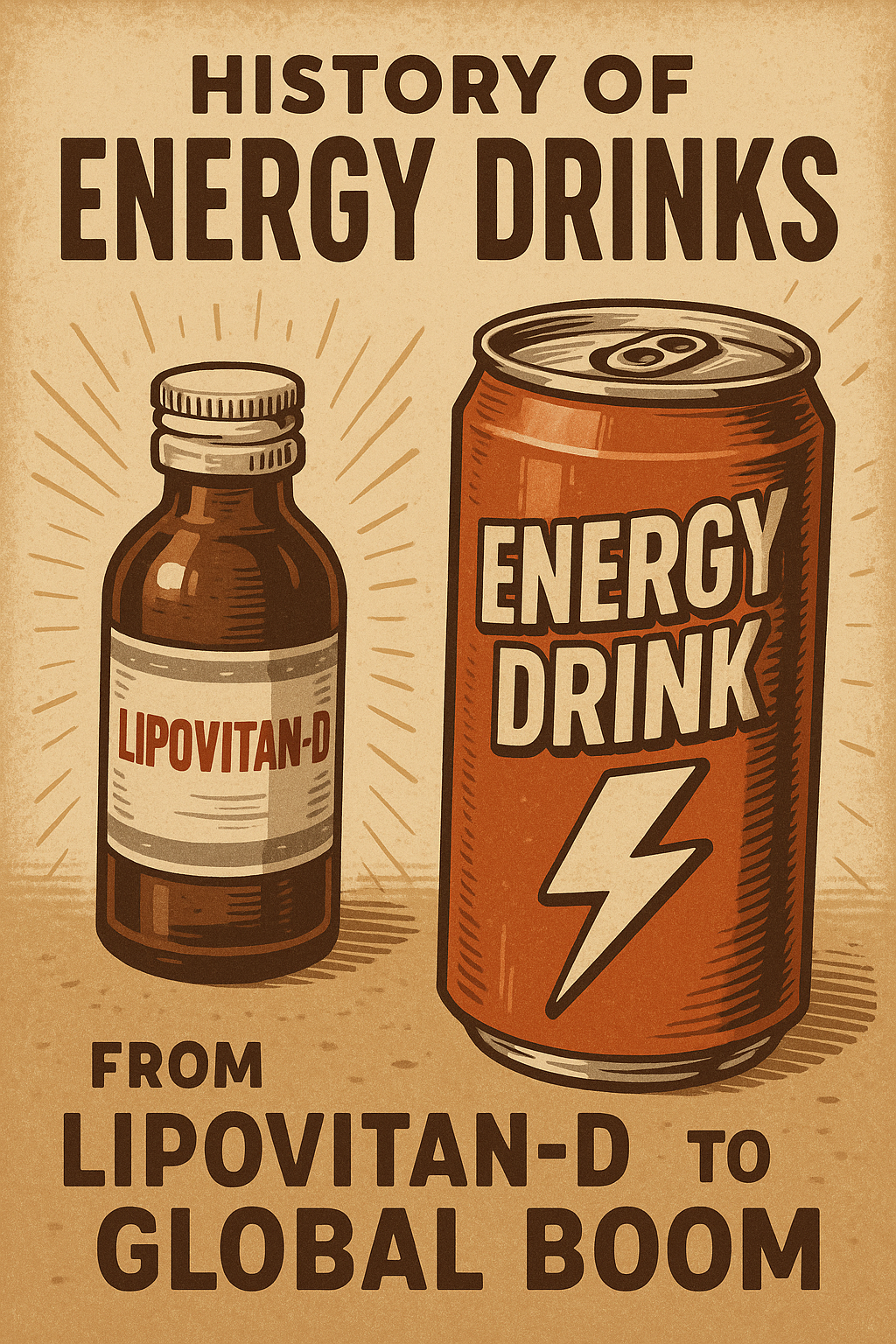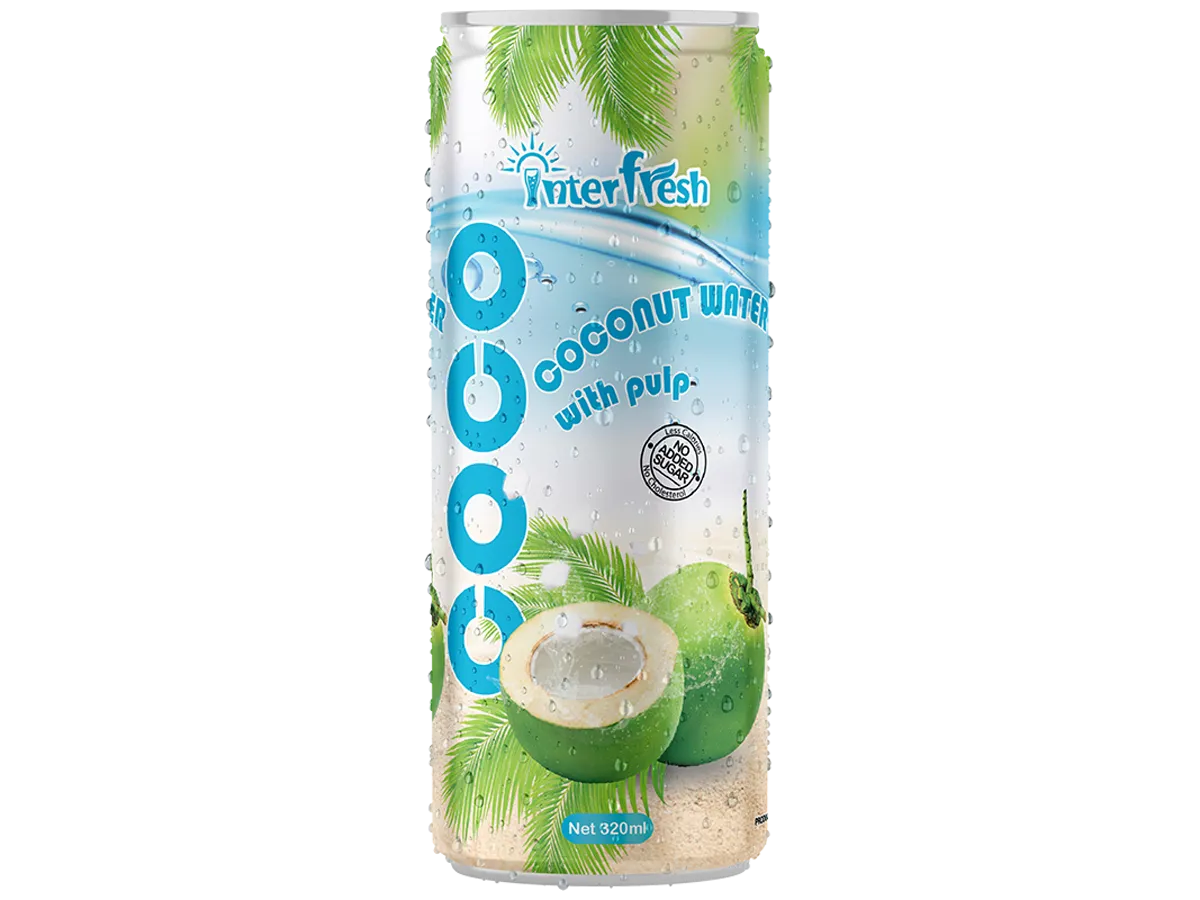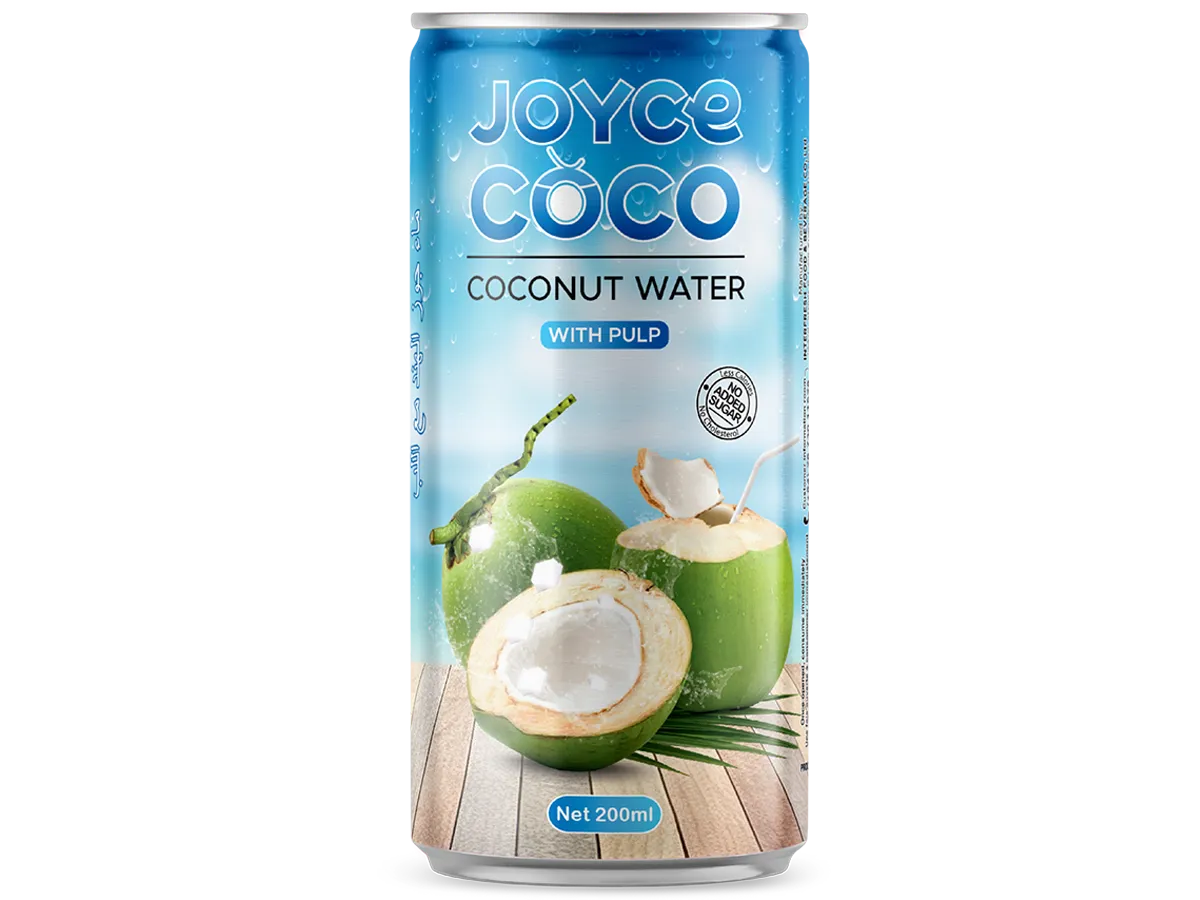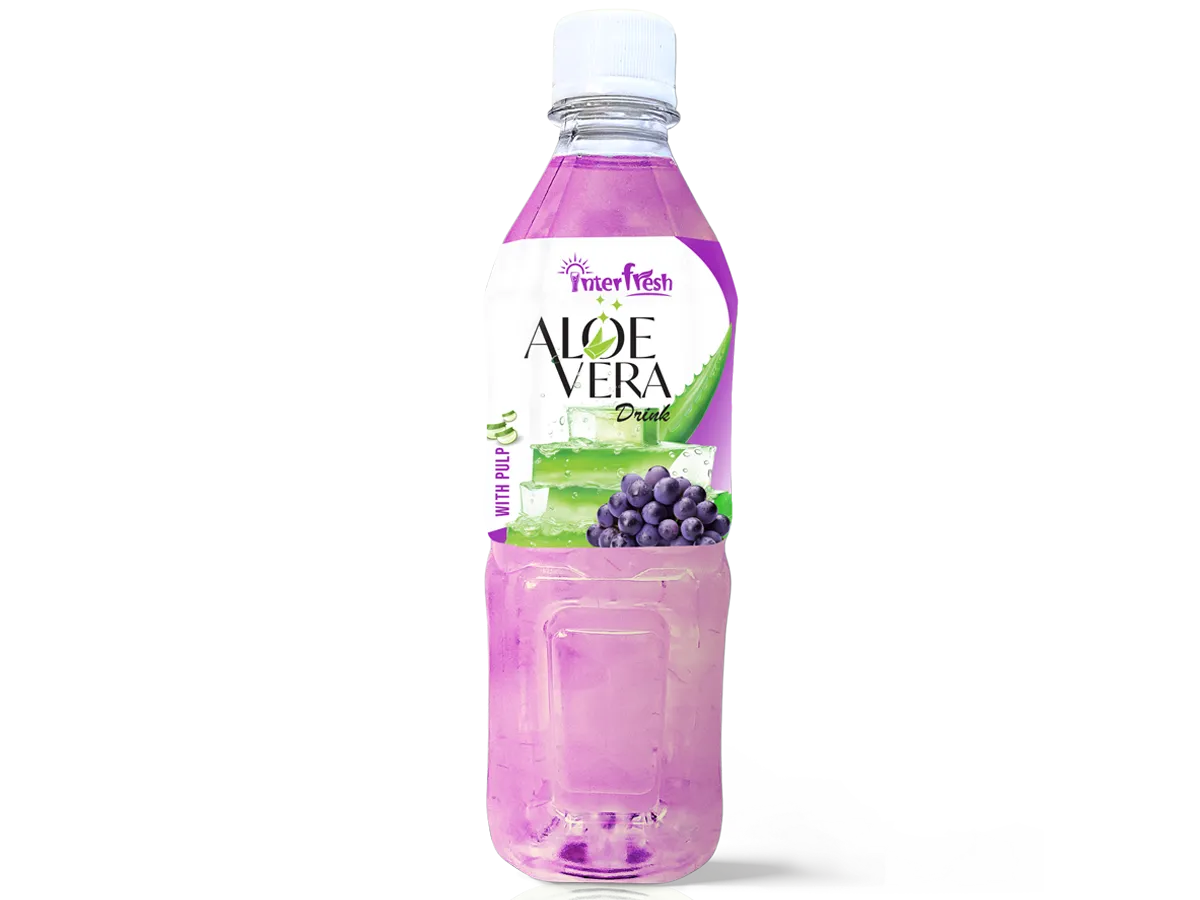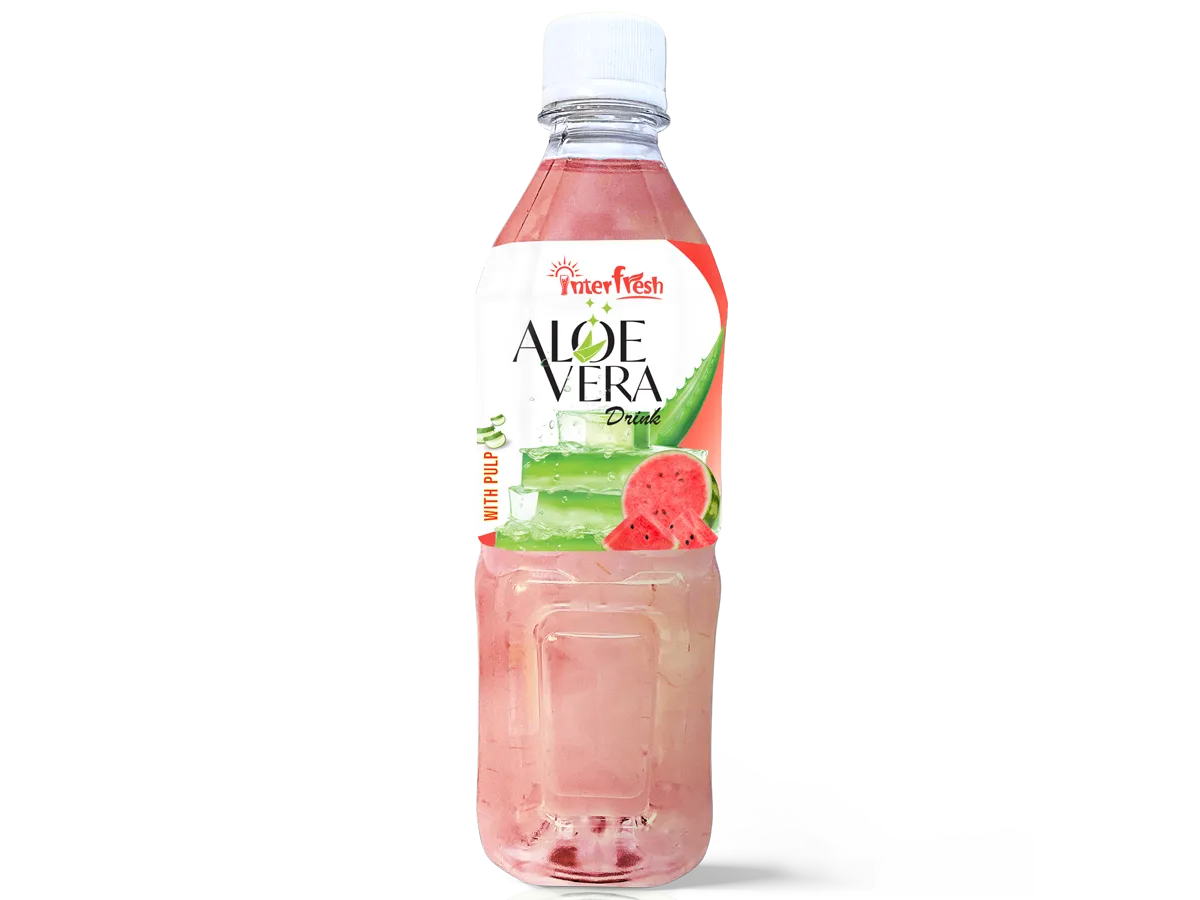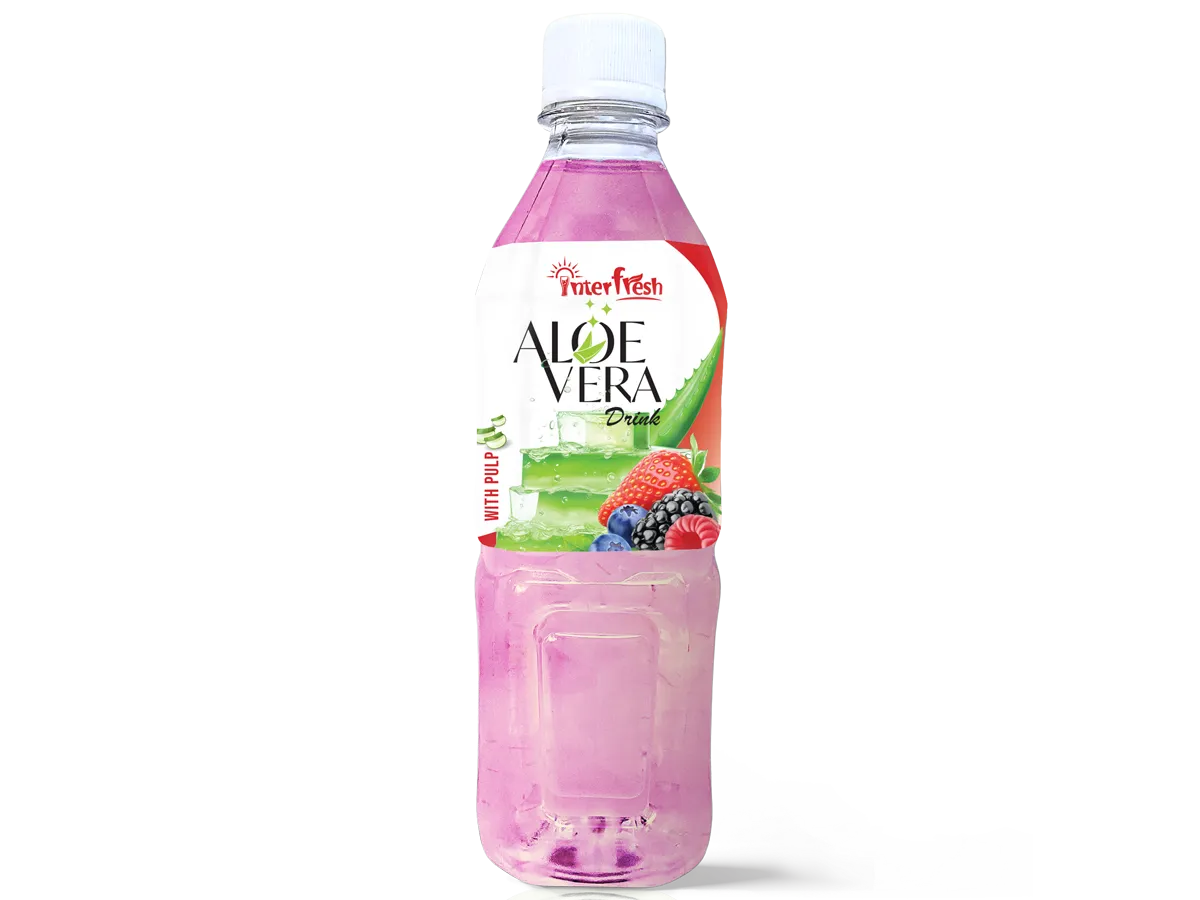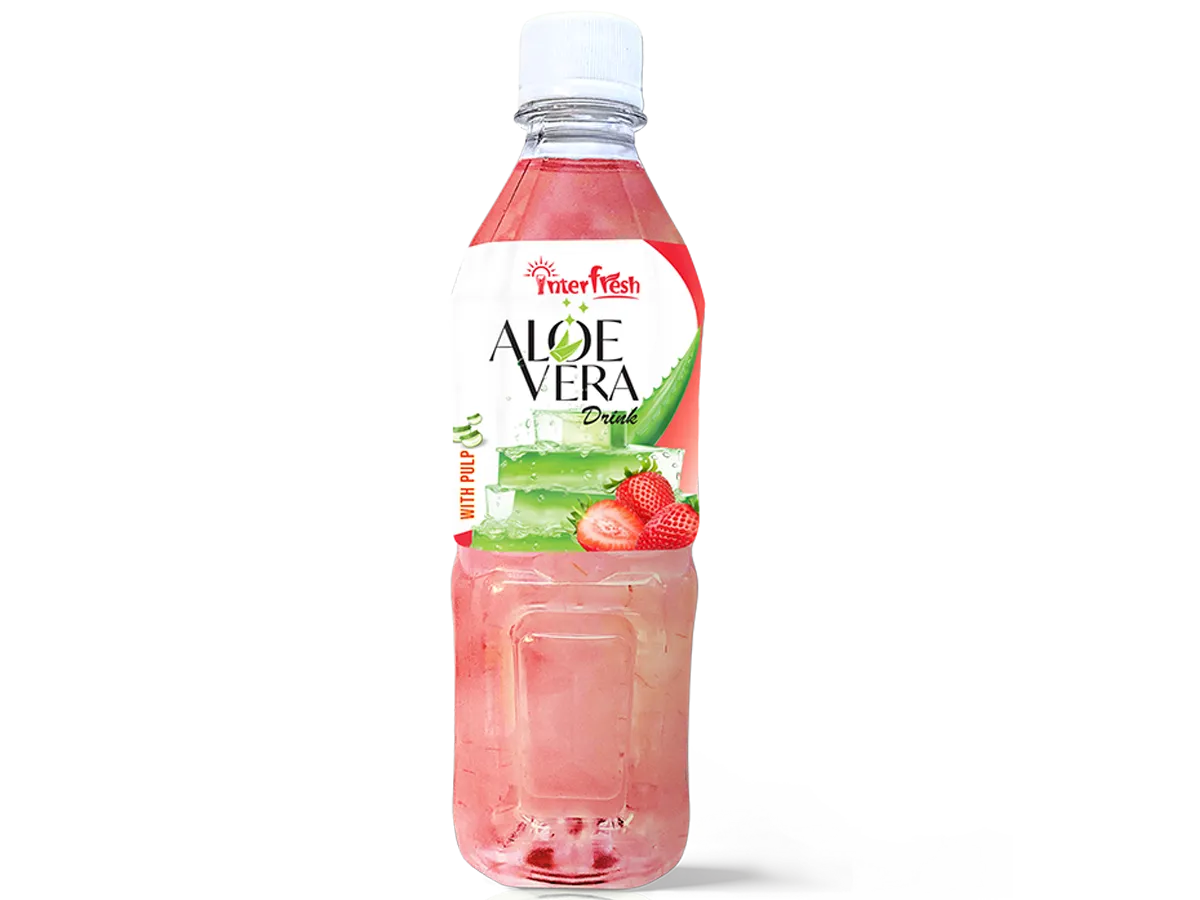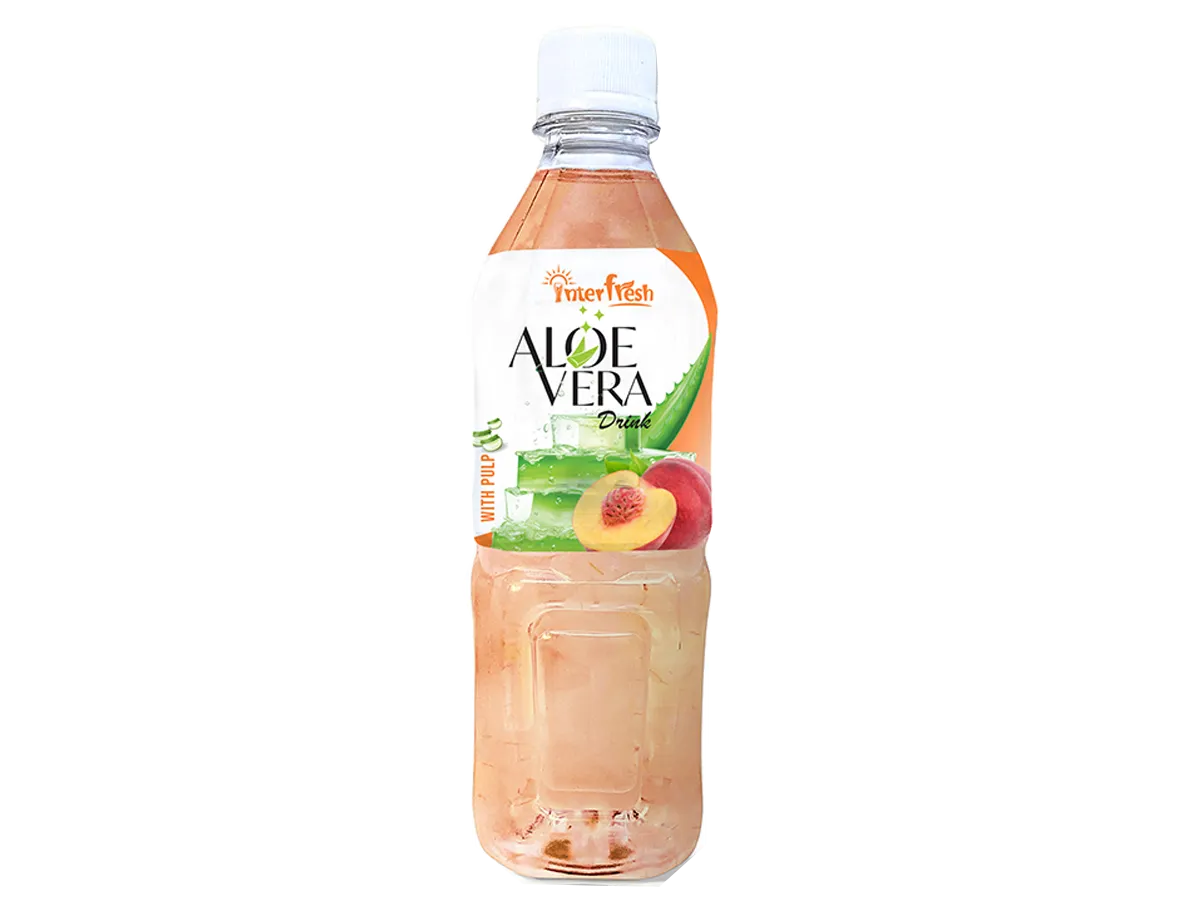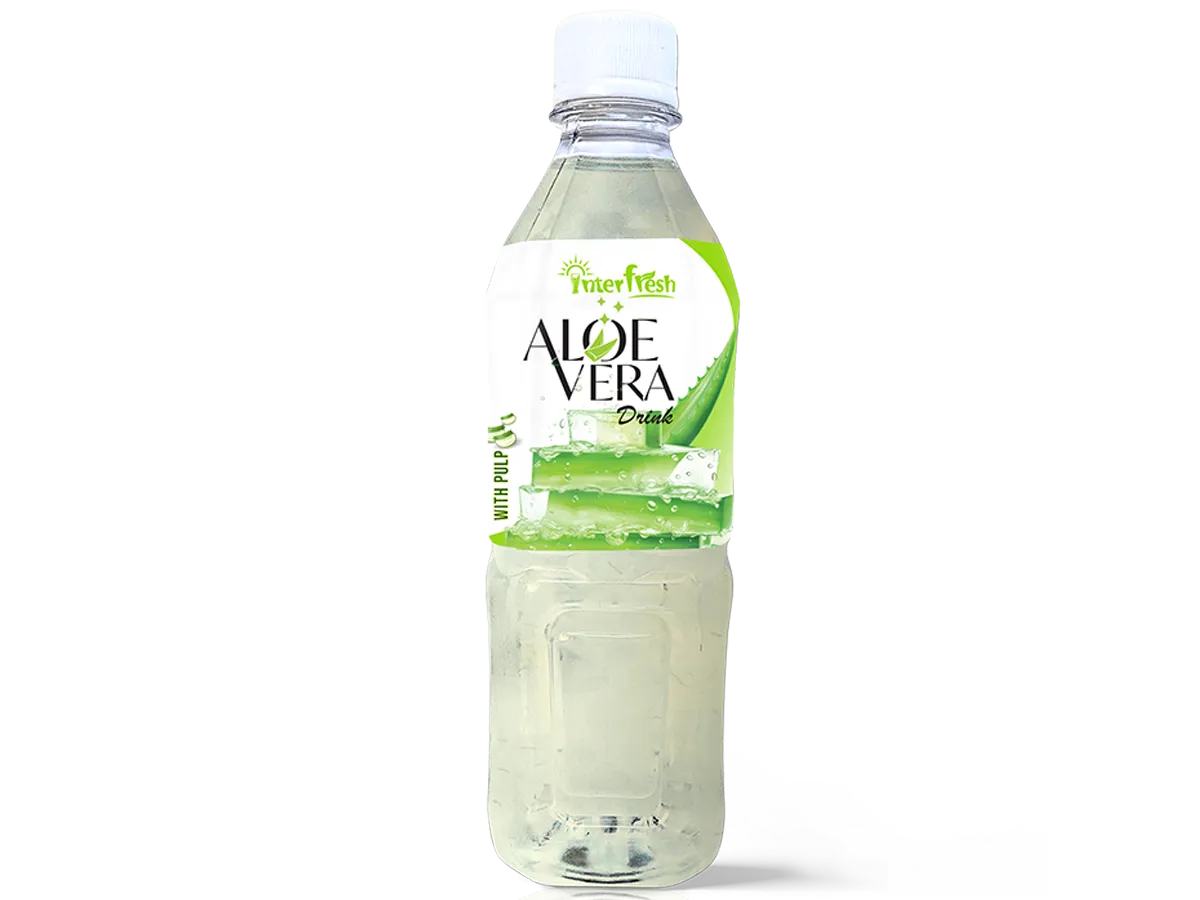Energy drinks fuel modern life, giving students, athletes, and professionals a quick jolt of vitality. When did these high-octane beverages first emerge? The story likely begins in 1962 with Japan’s Lipovitan-D, a tonic that launched a billion-dollar industry, followed by Red Bull’s global domination in 1987.
Amid their popularity, health concerns over caffeine and sugar have driven demand for natural alternatives. Interfresh, a Vietnam-based exporter to over 80 countries, offers healthier options like coconut water and aloe vera drinks, ideal for consumers and B2B markets. Join us as we trace the origins, milestones, cultural impact, health debates, and market trends of energy drinks, spotlighting Interfresh’s natural solutions, bro.
Table of Contents
Origins of Energy Drinks
Early Stimulants
Energy-boosting drinks aren’t new. For centuries, people used natural stimulants like coffee, tea, and coca leaves for alertness. Coca-Cola, launched in 1886, mixed caffeine and trace cocaine (removed by 1903), marketed as a health tonic. These early beverages were more about refreshment than sustained energy, unlike today’s targeted products.
Lipovitan-D: The First Modern Energy Drink
The modern energy drink era likely started in 1962 with Lipovitan-D, introduced by Taisho Pharmaceuticals in Japan. Designed for truck drivers and factory workers, this small-bottle tonic packed taurine, niacin, and B vitamins to fight fatigue. Unlike Coca-Cola, Lipovitan-D focused on mental and physical stamina, birthing the energy drink category in post-World War II Japan.
Krating Daeng: Thailand’s Catalyst
In 1976, a Thai pharmacist created Krating Daeng (“Red Bull” in Thai), a drink for workers and students with caffeine, taurine, and B vitamins. Its popularity caught Austrian entrepreneur Dietrich Mateschitz’s attention in 1984. He reformulated it with sugar and carbonation, launching Red Bull in 1987, which propelled the category globally through extreme sports marketing.
Energy Drinks in the U.S.
Early U.S. Precursors
In the U.S., Dr. Enuf, launched in 1949 in Chicago, was a caffeinated soft drink with B vitamins, pitched as an energy booster. It remained niche. In 1985, Jolt Cola hit shelves with high caffeine and sugar, targeting students with “all the sugar and twice the caffeine.” It was still seen as a soft drink, not a true energy drink.
Red Bull’s U.S. Surge
Red Bull’s 1997 U.S. launch sparked a revolution, birthing competitors like Monster Energy (2002), Rockstar, and 5 Hour Energy (2004). Each brand carved a niche with unique formulas and marketing, driving a 61% sales spike since Red Bull’s debut. Major players like Coca-Cola and Pepsi joined with Full Throttle and AMP Energy.
Ingredients and Evolution
Core Ingredients
Lipovitan-D leaned on taurine, niacin, and B vitamins, with caffeine as a secondary boost. Krating Daeng and Red Bull added caffeine and sugar for flavor and stimulation. These ingredients remain central, with taurine and B vitamins marketed for performance, though their benefits beyond caffeine are debated.
Modern Formulas
Today’s brands, like VPX Sports BANG (2012, 300 mg caffeine per 473 ml), add guarana, creatine, and branched-chain amino acids (BCAA). Low-sugar and zero-calorie options cater to health trends, but additives like taurine often lack strong evidence of added benefits.
|
Era |
Drink |
Key Ingredients |
Target Audience |
Market Impact |
|---|---|---|---|---|
| 1949 |
Dr. Enuf |
Caffeine, B vitamins |
General consumers |
Niche, limited reach |
| 1962 |
Lipovitan-D |
Taurine, niacin, vitamins |
Workers |
First modern energy drink |
| 1976 |
Krating Daeng |
Caffeine, taurine, sugar |
Thai workers/students |
Inspired Red Bull |
| 1985 |
Jolt Cola |
High caffeine, sugar |
Students, professionals |
U.S. soft drink precursor |
| 1987 |
Red Bull |
Caffeine, taurine, sugar |
Youth, athletes |
Global industry leader |
Health Concerns and Regulations
Health Risks
Energy drinks’ high caffeine (80-300 mg per can) and sugar (10-40g per 250 ml) can raise heart rate, blood pressure, and, rarely, trigger cardiac issues. European reports have linked some athlete deaths to consumption, with taurine and caffeine amplifying risks. The American Academy of Pediatrics advises against use by children due to obesity and diabetes risks.
Regulatory Measures
Countries have imposed warning labels and age restrictions. In the U.S., alcoholic energy drinks like Four Loko (2005, reformulated in 2010 to remove caffeine) faced bans in some states. These rules balance consumer safety with industry growth.
Cultural Impact and Market Trends
Cultural Influence
Energy drinks embody youth, adventure, and performance, fueled by Red Bull’s extreme sports sponsorships and Monster’s music festival ties. Yet, health-conscious consumers are shifting toward natural, low-sugar options, reflecting a broader wellness trend.
Market Dynamics
With over 190 brands, the global energy drink market thrives, though small and mid-sized firms hold over 30% share. Demand for low-sugar, natural beverages is growing, opening doors for brands like Interfresh to meet consumer and B2B demands.
Interfresh’s Natural Alternatives
Interfresh, a top Vietnamese exporter, offers natural beverages that outshine energy drinks with health and sustainability. Sourced from Vietnam’s tropical farms, these drinks provide clean energy without caffeine or artificial additives. Here’s why they stand out:
Certified organic, Halal, and ISO 22000-compliant, Interfresh’s products meet global standards, serving retailers, cafés, and gyms in over 80 countries, from North America to the Middle East. Their OEM/ODM services and eco-friendly packaging empower private-label brands, as showcased at THAIFEX 2025. Visit interfresh.com.vn to tap into the demand for natural, vibrant beverages.
Frequently Asked Questions (FAQs)
Lipovitan-D, launched in 1962 by Taisho Pharmaceuticals in Japan, is widely seen as the first modern energy drink, designed for workers’ stamina.
Red Bull, launched in 1987 and inspired by Thailand’s Krating Daeng (1976), revolutionized the market with extreme sports marketing, becoming a global icon.
High caffeine and sugar levels can increase heart risks and obesity, especially in children, who are advised to avoid them by pediatric experts.
Their ties to youth culture, sports, and instant energy drive appeal, though health concerns are pushing demand toward natural alternatives.
Interfresh’s coconut water, mango juice, and aloe vera drinks offer natural hydration and nutrients, ideal for consumers and B2B markets.
Choose low-sugar, low-caffeine options, limit intake if you have heart issues, or switch to natural beverages like Interfresh’s for sustained energy.
Energy drinks, likely sparked by Lipovitan-D in 1962 and globalized by Red Bull in 1987, evolved from worker tonics to a cultural powerhouse. U.S. precursors like Dr. Enuf (1949) and Thailand’s Krating Daeng (1976) set the stage, but Red Bull’s marketing redefined the industry. Health risks, including heart issues and obesity, have fueled a shift toward natural alternatives. Interfresh’s coconut water, mango juice, and aloe vera drinks deliver safe, nutritious energy for consumers and B2B clients in 80+ countries. Dive into Interfresh’s offerings at interfresh.com.vn for a healthier energy vibe, bro.
References
-
https://gobigenergy.com/blogs/further/the-history-of-energy-drinks
-
https://www.tigerfitness.com/blogs/nutrition/the-complete-history-of-energy-drinks
-
https://www.nytimes.com/2013/12/08/magazine/who-made-that-energy-drink.html
-
https://prowm.com/brewing/energy-drinks-history-rise-pasteurization/
-
https://www.preceden.com/timelines/66113-the-history-of-energy-drinks
-
https://www.thrillist.com/news/nation/history-of-energy-drinks
-
https://www.fastenergydrink.com/energy-drinks-origin-and-benefits/
-
https://www.preceden.com/timelines/336512-history-of-energy-drink-in-united-states
-
https://snackstack.net/2023/08/09/the-energy-drinks-of-the-early-1900s/
-
https://www.energydrinkseurope.org/facts/history-of-energy-drinks/

